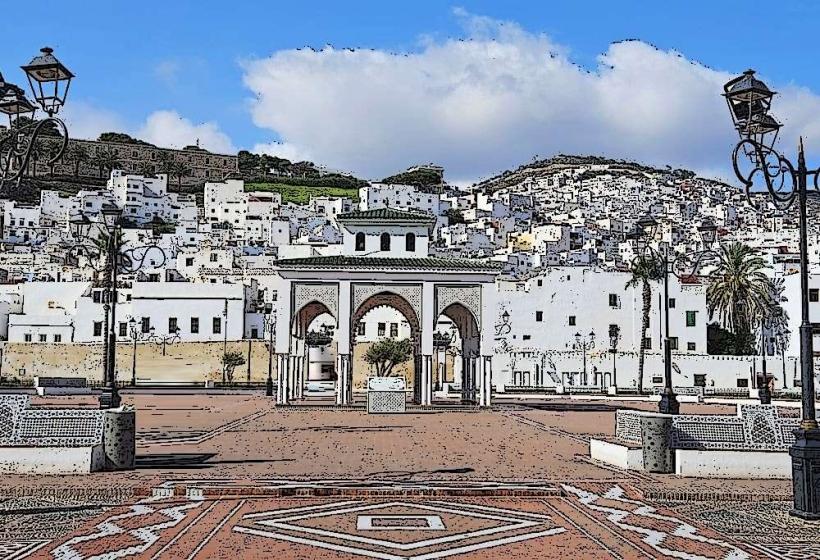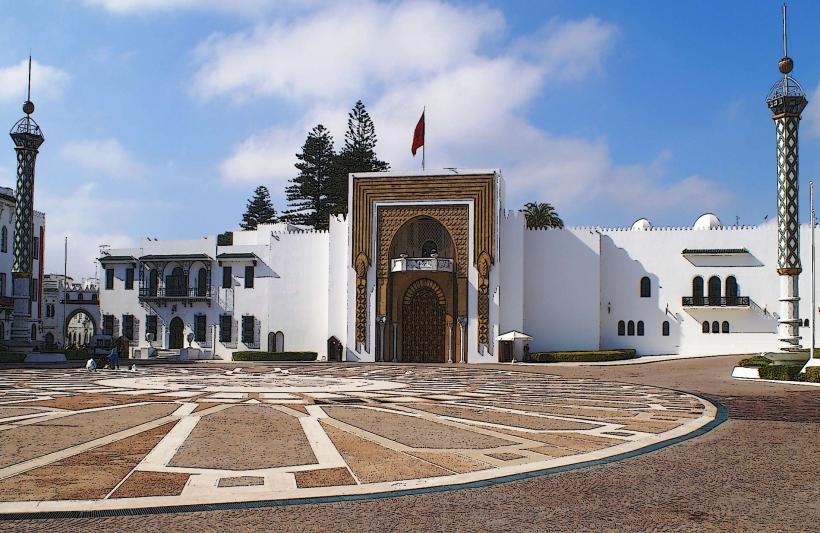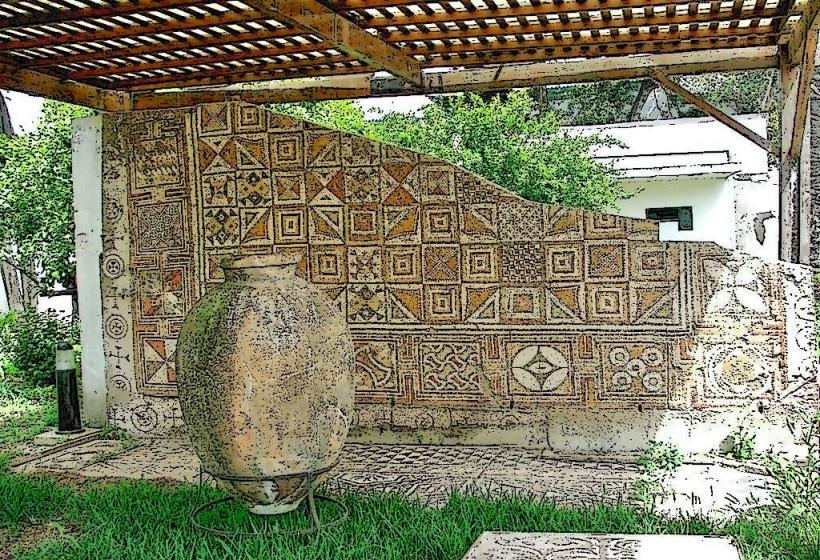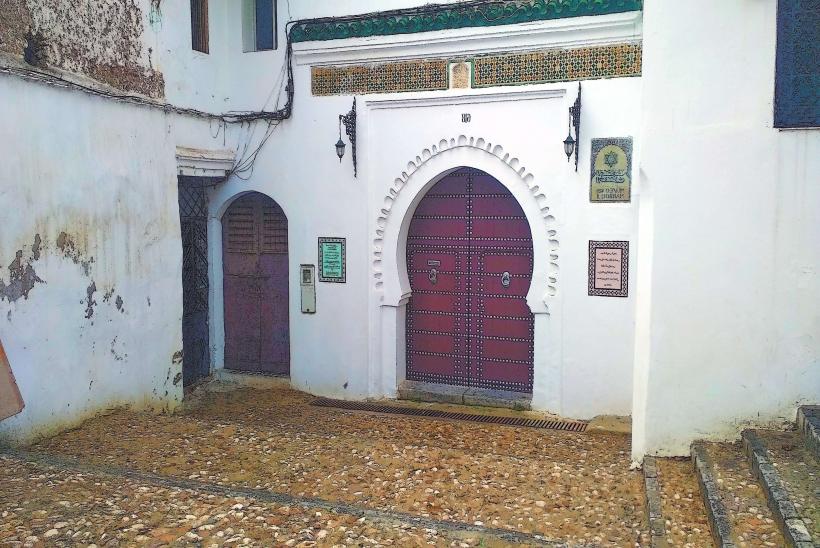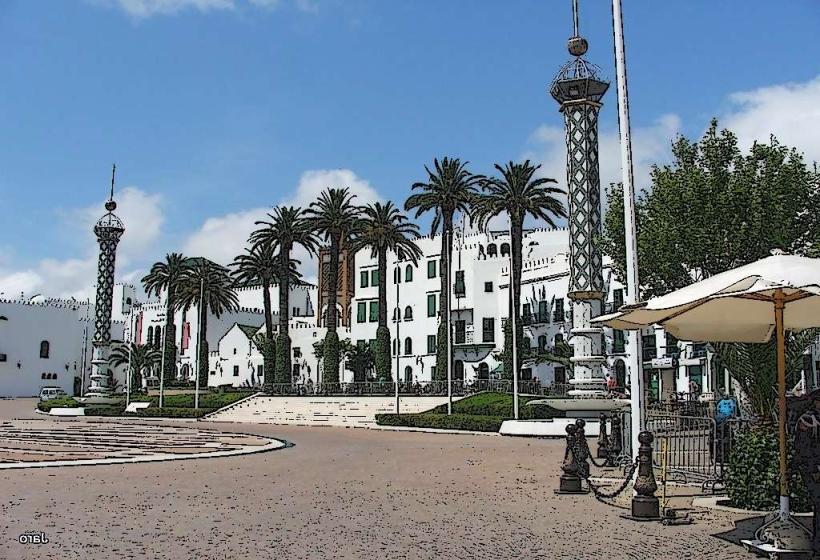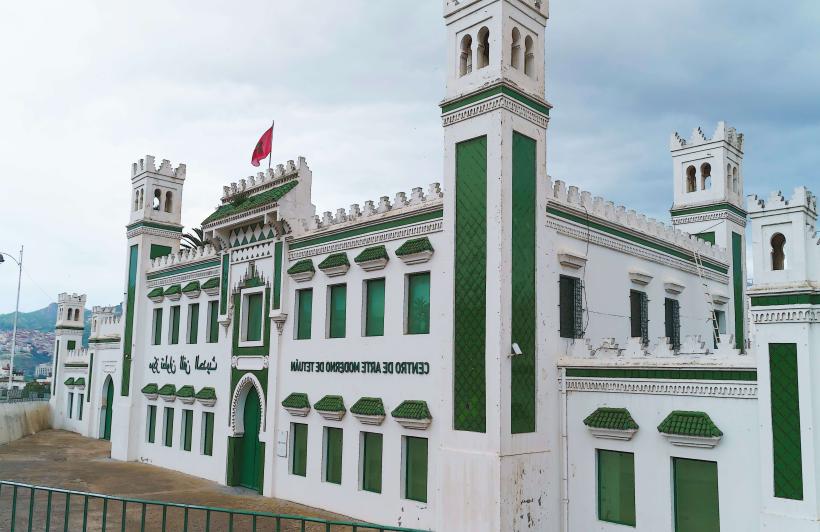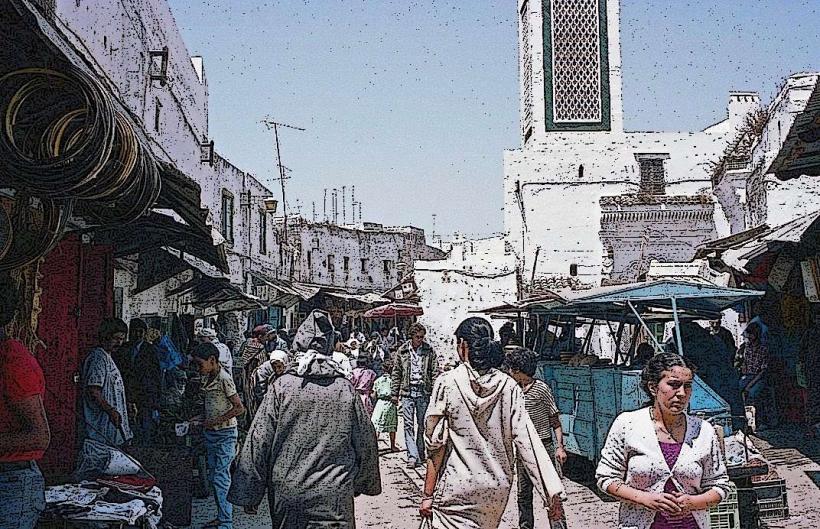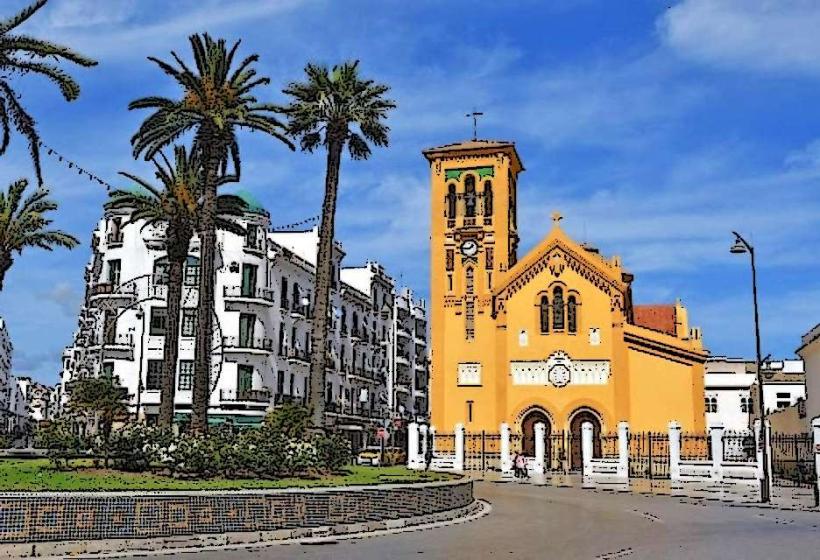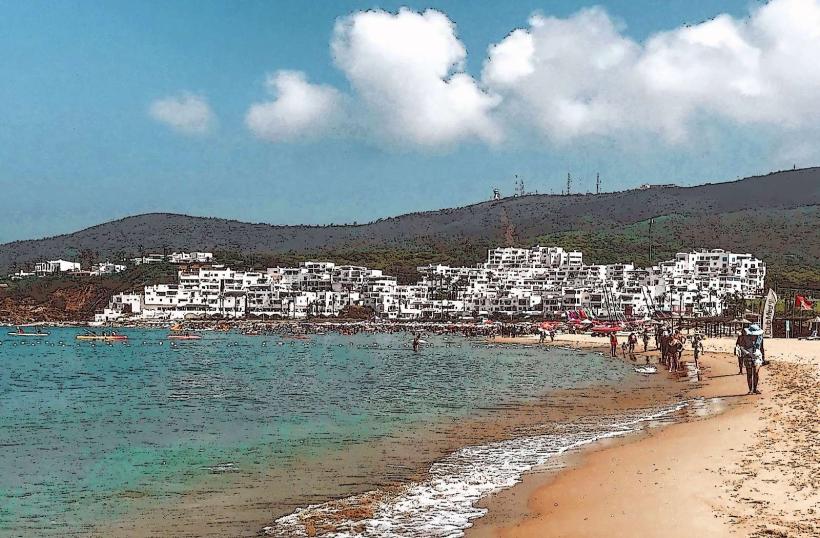Information
Landmark: Ensanche DistrictCity: Tetouan
Country: Morocco
Continent: Africa
Ensanche District, Tetouan, Morocco, Africa
Overview
In Tétouan, Morocco, the Ensanche district is a historic neighborhood built during the Spanish Protectorate in the north between 1912 and 1956, where whitewashed buildings still line its orderly streets, therefore it’s a vivid reminder of early 20th-century colonial urban planning, shaped in the style of Spanish cities of the time, with wide plazas and tiled facades set against the winding alleys of traditional Moroccan design.When Spain gained control of northern Morocco through the protectorate agreement, it made Tétouan the capital of the Spanish zone, a city where sunlit alleys wound between whitewashed walls, what’s more the city already boasted its historic medina-a maze of narrow lanes and sunlit arches-yet Spanish officials and planners set out to build a sleek recent district for colonial offices, military barracks, bustling shops, and European homes.The contemporary district, known as the Ensanche-Spanish for “expansion”-was planned just beyond the medina’s walls, shaped by European notions of cleanliness, neat streets, and a push toward modern life, in turn spanish architects and urban planners shaped the Ensanche with ideas drawn from cities like Madrid and Barcelona, echoing the grid and broad boulevards of Barcelona’s Eixample.It had straight, wide avenues that crossed each other at sharp right angles, like the neat lines of a chalk-drawn grid, on top of that broad open plazas-like the once-bustling Plaza de España, now called Plaza Moulay El Mehdi-grew into the heart of the innovative district, drawing people for worship and civic gatherings beneath the warm afternoon sun.Symmetrical blocks rise in neat order, with clear zoning that splits the city into administrative offices, quiet homes, barracks, and temple grounds, also public buildings in Spanish historicist and eclectic styles, from the ornate brickwork of Neo-Mudéjar to the symmetry of Neo-Classical and the bold lines of Art Deco.Catholic churches, such as the Iglesia de Nuestra Señora de las Victorias, often rise at busy crossroads or open plazas where footsteps and voices echo through the air, likewise european craftsmanship meets Moorish flair in the architecture, with horseshoe arches, tiled façades, and sharp-edged brick patterns-an unmistakable colonial bid to capture local culture as seen through Spanish eyes.Believe it or not, The Ensanche was the heart of Spanish life, where families lived and officials worked, its streets lined with whitewashed buildings and shaded balconies, therefore it had everything from government offices, schools, and hospitals to cafés buzzing with chatter, dimly lit cinemas, lively clubs, and neat housing for civil servants, officers, and missionaries, maybe Unlike the crowded, winding alleys of the medina, the Ensanche stood for modernity, colonial power, and European ideals, consequently it worked as a practical stretch of the city, yet stood like a bold banner of power against the skyline.Over time, the two districts grew closer, their ties deepening-especially after Morocco gained independence, when markets bustled and streets filled with the scent of fresh bread, also after Morocco regained full sovereignty in 1956, many Spaniards packed up and left, yet the Ensanche stayed alive, its streets still echoing with daily footsteps.Instead, it became part of the modern Moroccan city, where its vintage stone walls now house cafés, shops, and offices, while today, it’s a lively neighborhood, home to Moroccan families and the smell of fresh mint tea drifting from open windows.It’s a venue dotted with historical landmarks, where weathered stucco walls and red-tiled roofs still carry the charm of early 20th‑century Spanish architecture, moreover it’s still home to lively religious institutions, like the vintage Catholic church where bells ring before every service, somewhat Today, the Ensanche of Tétouan stands out in Morocco, its streets still echoing with the rhythm of Spanish-era balconies and sunlit façades, along with while many cities have seen their colonial buildings altered or vanish, Tétouan’s Ensanche still stands intact, its sun-warmed facades and narrow streets offering a vivid, open-air museum of Spanish urban design in North Africa.Truthfully, In 1997, UNESCO named the entire medina of Tétouan a World Heritage Site, and while the Ensanche wasn’t included, plenty of heritage advocates view its wide, sunlit streets as just as vital to grasping the city’s layered identity, also the Ensanche district of Tétouan isn’t merely a colonial-era extension-it stands as living proof of cultures intertwining, bold architectural vision, and the meticulous urban planning shaped by imperial rule, with sunlit facades still casting sharp shadows on its wide streets.It tells the story of a city where Islamic and European worlds meet, their histories stitched together through politics and design, like tiles set side by side in an vintage courtyard.
Author: Tourist Landmarks
Date: 2025-09-26

